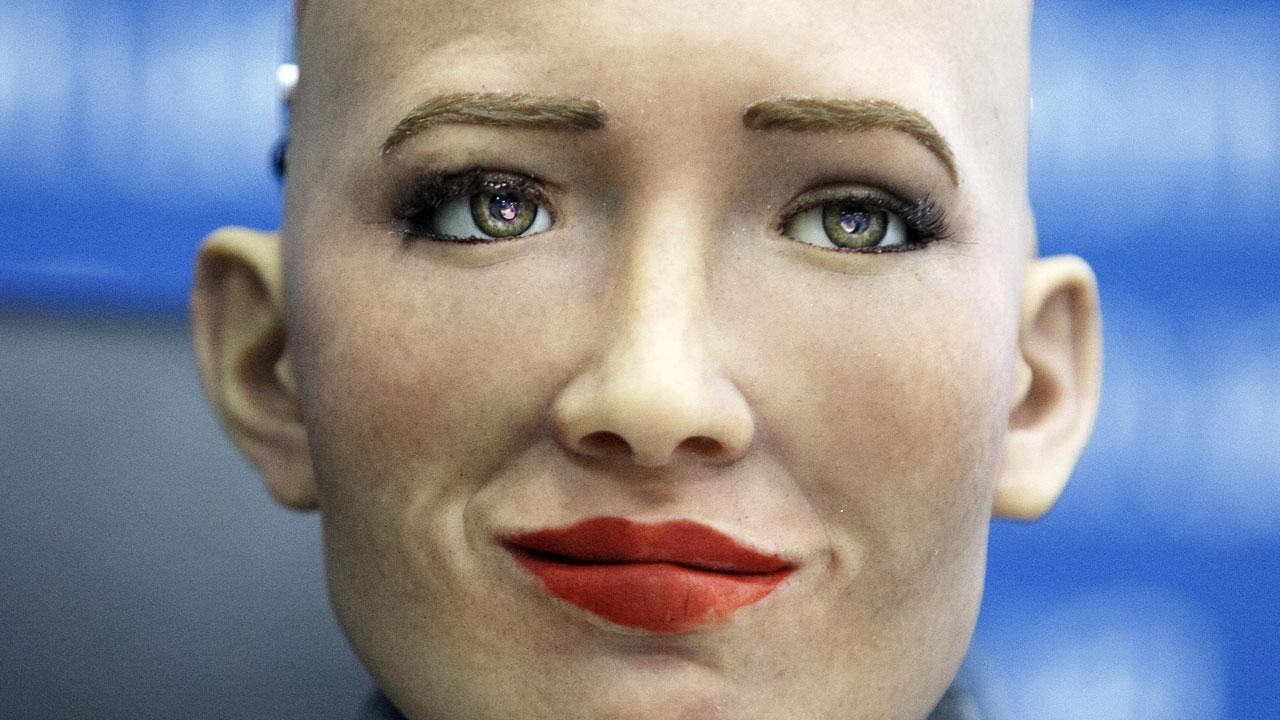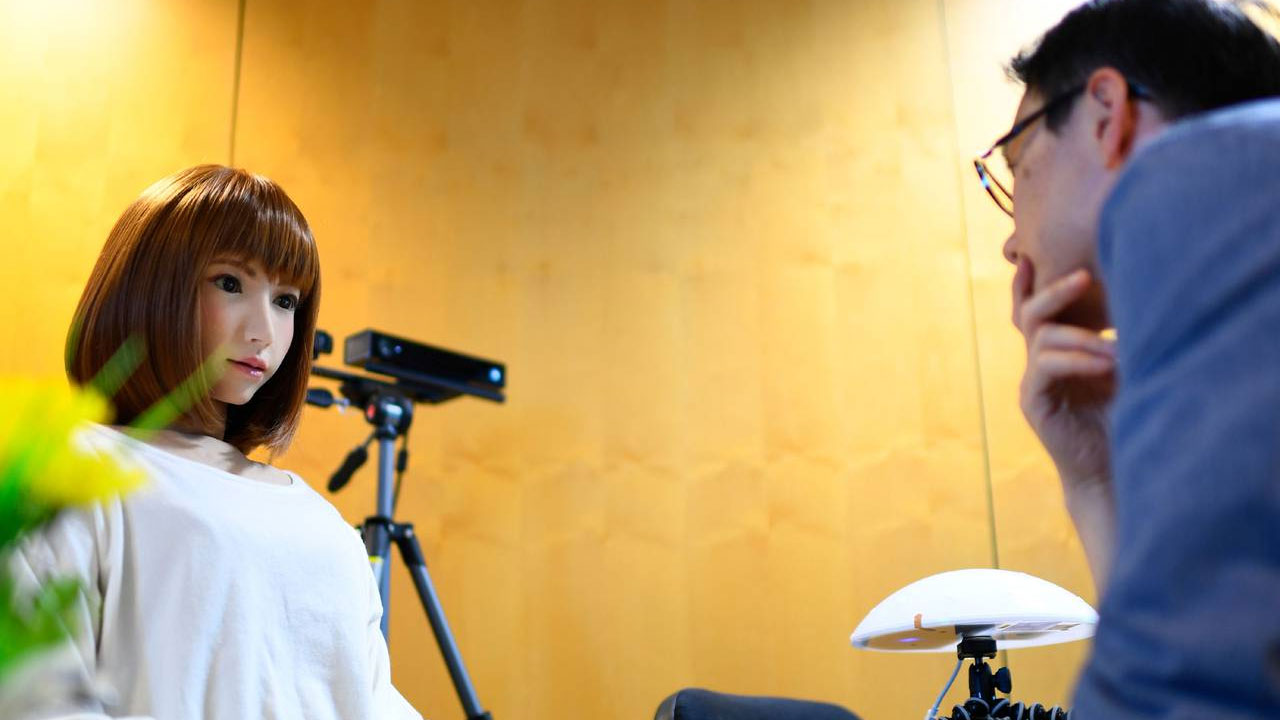Scientists in Japan developed an Android robot and started teaching this robot to laugh. Although the robot achieved successful results in the first model created, we still need 10-20 years for a natural dialogue, according to the name at the beginning of the research.
While artificial intelligence continues to evolve day by day, the most important factor that separates human and artificial intelligence from each other in its current situation has still not been overcome: Feelings. This factor, which clamps humanity together, also creates the necessity of having a human translator, especially in literary translations, despite the very advanced translation technologies today.
So, what are the emotional states of robots these days when we talk about humanoid robots? In fact, very little to say no. Because robots only act according to the inputs provided by humans and the ready-made commands we design as a result of these inputs. In Japan, which stands out in robot technology, scientists started a new work that will take it one step further.
Can robots laugh? On a basic level yes, but as a human no:
Scientists from Kyoto University have created an Android robot called ‘Erica’. The main reason for the creation of this robot is a robot, that is, artificial intelligence. ‘teaching to laugh’ was. The robot began to be trained to understand the human perception of ‘humor’ and to laugh in different ways depending on the situation and place.
To teach Erica to laugh, scientists will first have the robot respond emphatically to human laughter.shared laughter‘ model was developed. In this model, three questions were set for the robot to respond appropriately: Did the user laugh? Will Erica laugh? If he is to laugh, with what kind of laughter will he laugh?

Laughter left to Erica’s choice will serve to fill the conversation in the absence of humor a polite chuckle and to be used in funny situations a cheerful laugh was determined as. In order for the model to be used effectively, the robot established a dialogue with 80 university students. The laughter produced by the participants in these dialogues,single, social and cheerful‘ was categorized.

After that, Erica’s first-of-its-kind sense of humor was put to the test by sitting down for some conversations with a human. Each one causing a different laugh four different short dialogues was prepared. However, the team created two more models for comparison. One of these models was one in which he never laughed while speaking, and the second was that he laughed socially when the person laughed, regardless of the context.
The dialogue and responses of the robot were evaluated by more than 130 people under the headings of empathy, spontaneity, humanity and understanding. Erica’s first developed model of laughter achieved much better results than the other two models. But according to scientists, Erica is still limited to sociable and cheerful laughter, and to have natural, human-like conversations. needs many types of training.
So much so that the head of the study, Dr. Koji Inoue said of robots’ inability to display human emotions, “We don’t think this is an easy problem at all, and ultimately it’s okay to have a casual conversation with a robot like we do with a friend. It can take more than 10 to 20 years.” He used his expressions.
The research was published in the journal Frontiers in Robotics and AI.
Source :
https://www.scientificamerican.com/article/scientists-are-teaching-robots-to-laugh/
